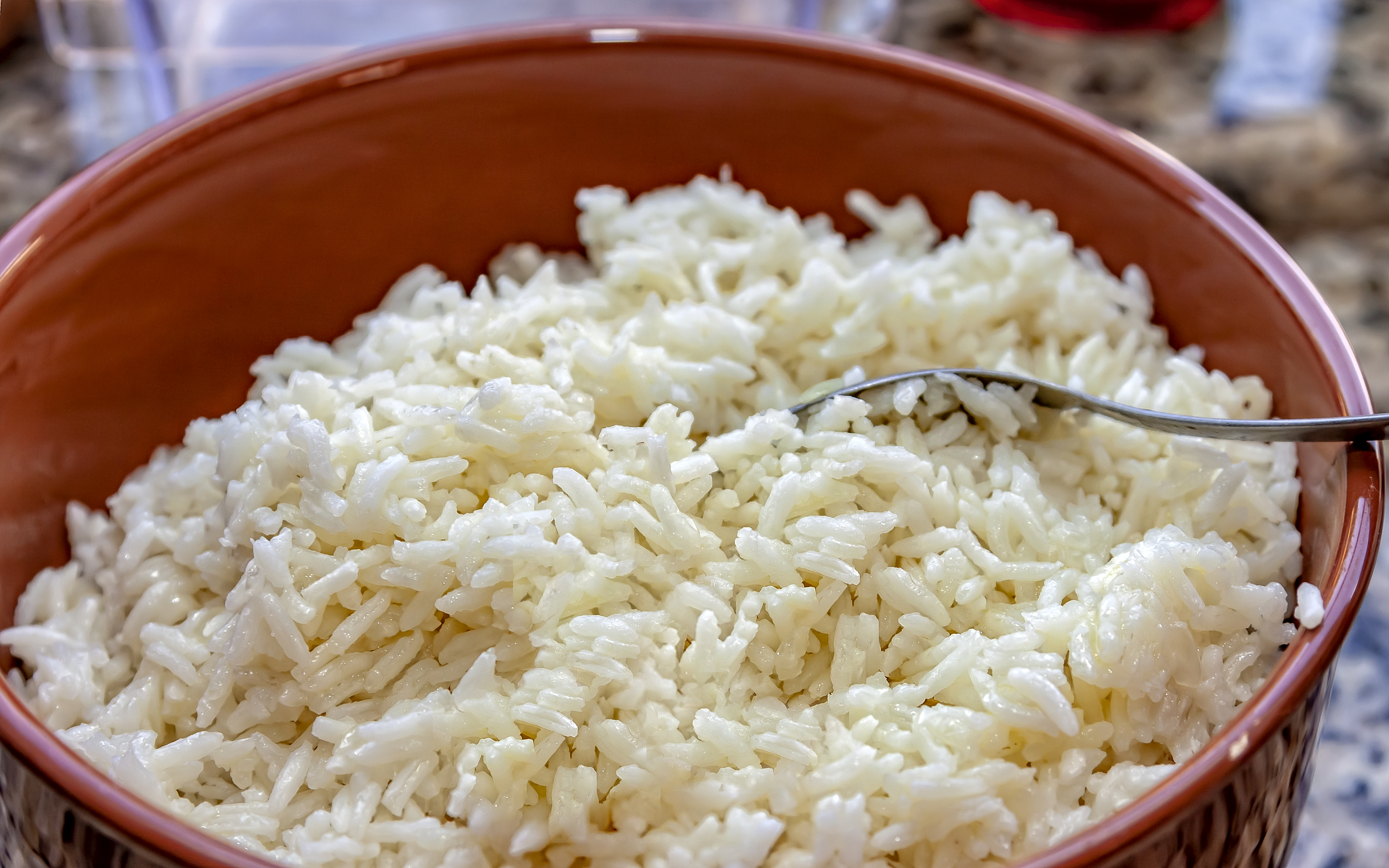Stress-Free Eating: A Dietitian's Weekly Meal Plan
Stress-Free Eating: A Dietitian's Guide to a Balanced Plate
Introduction: Ditch the Diet Drama, Embrace Stress-Free Eating!
Let's face it: dieting can be a total drag. The constant calorie counting, the forbidden foods, the overwhelming guilt – it's enough to make anyone want to throw in the towel. But what if I told you there's a better way? What if you could nourish your body without the stress and anxiety? That's where "stress-free eating" comes in, and as a dietitian, I'm here to show you how it works. This isn't about restriction; it's about liberation.
What is Stress-Free Eating, Anyway?
Stress-free eating isn't a rigid diet plan. It's a philosophy, a mindset, a way of approaching food that prioritizes your well-being – both physical and mental. As registered dietician and cookbook author Kylie Sakaida puts it, it's about making meal planning and cooking easy and lowering the stress around “whether or not we’re making ‘the right food choices’ or what we perceive to be the right food choices.” It’s about finding a sustainable and enjoyable way to fuel your body. Think of it like this: your body is a car, and food is the fuel. Do you want to run it on premium gas, or cheap, sludgey fuel that sputters and stalls? The choice is yours!
The Core Principles of Stress-Free Eating
So, how do you actually put stress-free eating into practice? Here are a few core principles to keep in mind:
Prioritize Whole, Unprocessed Foods
While there's room for treats (more on that later!), the foundation of your diet should be whole, unprocessed foods. Think fruits, vegetables, lean proteins, and whole grains. These foods are packed with nutrients that support your overall health and well-being.
Listen to Your Body's Cues
Forget about rigid meal schedules and calorie counts. Instead, learn to tune into your body's hunger and fullness cues. Eat when you're truly hungry, and stop when you're satisfied, not stuffed. This intuitive approach can help you develop a healthier relationship with food.
Embrace Imperfection
Perfection is the enemy of progress. One slice of cake won't derail your entire health journey. It's all about balance and consistency. Remember that one meal won’t make or break your progress, and that we don’t have to stress about eating perfect all the time.
Hydrate, Hydrate, Hydrate!
Water is essential for every bodily function, from digestion to energy levels. Aim to drink plenty of water throughout the day. Often, we mistake thirst for hunger, so staying hydrated can help prevent overeating.
Fiber is Your Friend
Fiber keeps you feeling full and satisfied, aids digestion, and helps regulate blood sugar levels. Load up on fiber-rich foods like fruits, vegetables, whole grains, and legumes. Increasing fiber is one of the simplest ways to improve your diet.
A Peek into My Stress-Free Eating Weekly Menu
Now that you understand the principles, let's get practical. Here's a glimpse into what a typical week of stress-free eating looks like for me:
Monday: Mediterranean Magic
I start the week with a burst of flavor and nutrients with a Mediterranean-inspired bowl. Think quinoa, grilled chicken or chickpeas, roasted vegetables (like bell peppers, zucchini, and eggplant), feta cheese, and a lemon-herb dressing. It's a colorful and satisfying meal that's packed with healthy fats, protein, and fiber.
Tuesday: Taco Tuesday (But Make it Healthy!)
Tacos can be a healthy and fun meal! I use lean ground turkey or black beans as the protein base, load up on veggies like shredded lettuce, chopped tomatoes, and bell peppers, and top it off with a dollop of Greek yogurt or avocado for healthy fats. Skip the processed taco seasoning and make your own with chili powder, cumin, and paprika for a healthier option.
Wednesday: Soup-er Simple
On busy weeknights, soup is my go-to. I love making a big batch of vegetable soup with lentils or beans for added protein. It's a comforting and nutritious meal that's easy to customize based on what vegetables you have on hand.
Thursday: Salmon and Sweet Potatoes
Salmon is a powerhouse of omega-3 fatty acids, which are essential for brain health and heart health. I pair it with roasted sweet potatoes for a boost of fiber and vitamin A. It's a simple yet satisfying meal that's ready in under 30 minutes.
Friday: Pizza Night (with a Twist)
Pizza night is a must! But instead of ordering takeout, I make my own with a whole-wheat crust, low-fat mozzarella cheese, and plenty of vegetables. It's a healthier and more satisfying option that allows me to control the ingredients.
Saturday: Brunch Bonanza
Saturdays are for brunch! I love making a frittata with eggs, vegetables, and cheese. It's a great way to use up leftover vegetables and get a boost of protein. I'll often add some whole-wheat toast or a side of fruit for a complete meal.
Sunday: Roast Chicken and Veggies
Sunday is roast chicken day! I roast a whole chicken with a variety of vegetables, such as potatoes, carrots, and broccoli. It's a classic and comforting meal that's perfect for a relaxing Sunday dinner.
Stress-Free Snacking: What to Keep on Hand
Snacking can be a healthy part of your diet, as long as you choose wisely. Here are some of my favorite stress-free snack options:
- Fruits (apples, bananas, berries)
- Vegetables (carrots, celery, cucumbers)
- Nuts and seeds
- Yogurt
- Hard-boiled eggs
- Hummus with whole-wheat crackers
The Power of Frozen and Canned Foods
Don't underestimate the convenience of frozen and canned foods! They can be a lifesaver on busy weeknights. Frozen fruits and vegetables are just as nutritious as fresh, and canned beans and tuna are great sources of protein. Just be sure to choose options that are low in sodium and sugar.
Meal Prep Made Easy
Meal prep doesn't have to be a daunting task. Start small by prepping one or two components of your meals, such as chopping vegetables or cooking grains. Even a little bit of meal prep can save you time and stress during the week.
Eating Out with Confidence
Eating out doesn't have to derail your healthy eating habits. Look for restaurants that offer healthy options, such as grilled fish, salads, and vegetable-based dishes. Don't be afraid to ask for modifications, such as swapping fries for a side salad or asking for dressing on the side.
The Importance of Mindful Eating
Mindful eating is the practice of paying attention to your food and your body's cues without judgment. It involves savoring each bite, noticing the flavors and textures, and eating slowly and deliberately. Mindful eating can help you develop a healthier relationship with food and prevent overeating.
Treats and Indulgences: It's All About Balance
Denying yourself treats and indulgences will only lead to cravings and feelings of deprivation. Instead, allow yourself to enjoy your favorite foods in moderation. A piece of chocolate cake or a scoop of ice cream once in a while won't ruin your health. It's all about finding a balance that works for you.
Stress-Free Eating: A Journey, Not a Destination
Remember that stress-free eating is a journey, not a destination. There will be ups and downs along the way. The key is to be patient with yourself, learn from your mistakes, and keep moving forward.
Conclusion: Embrace the Freedom of Stress-Free Eating
Stress-free eating is about nourishing your body and mind without the guilt and anxiety. By prioritizing whole foods, listening to your body, embracing imperfection, and finding joy in the process, you can create a sustainable and enjoyable eating pattern that supports your overall well-being. So ditch the diet drama, embrace the freedom of stress-free eating, and start living your best, healthiest life today!
Frequently Asked Questions (FAQs)
Here are some frequently asked questions about stress-free eating:
Q: Is stress-free eating a diet?
A: No, stress-free eating is not a diet in the traditional sense. It's a philosophy and approach to food that emphasizes balance, mindful eating, and listening to your body's cues, rather than strict rules and restrictions.
Q: Can stress-free eating help with weight loss?
A: While not specifically designed for weight loss, stress-free eating can indirectly contribute to weight management. By prioritizing whole foods, practicing mindful eating, and reducing stress around food choices, you may naturally consume fewer calories and make healthier choices.
Q: What if I have specific dietary needs or restrictions?
A: Stress-free eating can be adapted to accommodate various dietary needs and restrictions. Consult with a registered dietitian or healthcare professional to create a personalized plan that aligns with your specific health goals and requirements.
Q: How do I start practicing mindful eating?
A: Start by paying attention to your food and your body's cues. Eat slowly, savor each bite, and notice the flavors and textures. Eliminate distractions like your phone or TV, and focus on the experience of eating. Ask yourself if you're truly hungry before eating, and stop when you're satisfied, not stuffed.
Q: What if I slip up and eat something unhealthy?
A: Don't beat yourself up about it! It's okay to indulge occasionally. Just get back on track with your next meal. Remember that one meal won't make or break your progress. It's all about consistency and balance over time.


